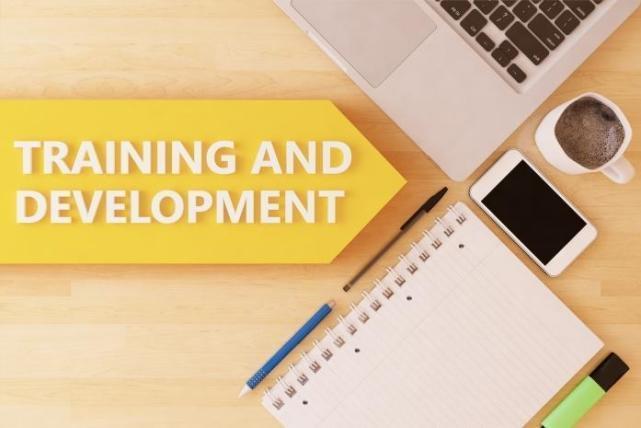
Let’s be honest. Training and development initiatives meant to help professional teams succeed often go wrong.
Even with the best of intentions and the most impressive goals, even with a nice looking binder and a cool typeface, these initiatives can and do end up making a true learning culture more elusive than ever, and, all too often, undermining the organization’s most important strategic objectives.
Here are some examples of “failure precursors” that I believe you can learn to spot easily. Do any of them ring a bell for some aspect of your organization or career?
- The top business developer takes on a coaching role and resolves to show the rest of the team “how it’s done.”
- The new "coaching" session, typically held in public, features some variation on the words, “Next time around, just do when I'm with a potential client, and…”
- Management opts to deal with business development challenges with one simple “big idea”—hiring a new round of “go-getters” who will quickly emerge as “role models” and “mentors” to the rest of the team.
- Management assumes that each member of the team will benefit from the same training the manager received “back in the day.”
- Management and the training/HR team assume everyone on the team has the same skill deficit and arrange for a one-time “training” event designed to repair that deficit.
- Someone who is not responsible for business development is selected to do the “training” that is supposed to help the team improve performance.
There are many more warnings signs of what I call “learning culture failure,” but these will do for now. What I want you to notice is that each of the six undertakings I just shared with you violates a basic management rule, one I’m sure you’ve heard from multiple sources: Begin with the end in mind.
When it comes to developing a viable learning initiative for team of professionals, you want to ask yourself a very simple question: “Why are we doing this, anyway?”
In other words: Why are you even trying to put together a program that will support business development? What’s the point of doing that? Why should you bother training them in the first place?
Ninety-nine times out of a hundred, the answer is simple. You’re doing it to improve your return on investment. Long before you have made any decisions about what the training and development strategy ought to be, you can start thinking about what you want to accomplish. At the end of the learning initiative, X months from now, what do you want to see change in a measurable way? Why will it have changed?
These are big questions. They demand thoughtful answers. A true training and development professional will help you find those answers before recommending any program.

